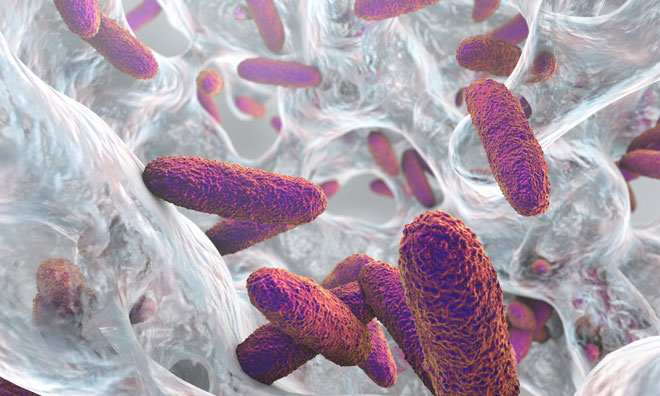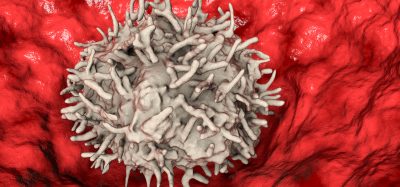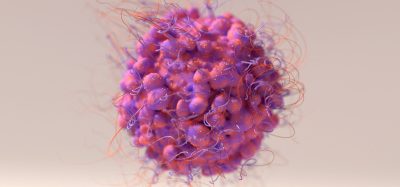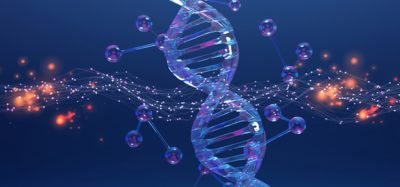New antibiotic could stop advance of resistant pathogens
Posted: 14 October 2022 | Izzy Wood (Drug Target Review) | No comments yet
Using computational screening, researchers have discovered an antibiotic called Dynobactin, that halts the advance of antibiotic-resistant bacteria.

An international team of researchers at the University of Basel, Switzerland, through a computational screening approach has discovered a new antibiotic: Dynobactin and deciphered its mode of action. According to the scientists, their study is an important step in the development of new effective drugs against Gram-negative bacteria, which include many dangerous and resistant pathogens.
To stop the advance of antibiotic-resistant bacteria, new active substances are urgently needed. Together the researchers, along with Professor Sebastian Hiller from the Biozentrum of the University of Basel, undertook the study as part of the National Centre of Competence in Research (NCCR) “AntiResist”. The study has now been published in Nature Microbiology.
Last year, Hiller’s team deciphered the mode of action of the recently discovered peptide antibiotic Darobactin. The knowledge gained was integrated into the screening process for new compounds, with the researchers making use of the fact that lots of bacteria produce antibiotic peptides to fight each other. In contrast to natural substances, it is these peptides that are encoded in the bacterial genome.
“The genes for such peptide antibiotics share a characteristic feature,” explained the co-author: Dr Seyed Modaresi. “According to this feature, the computer systematically screened the entire genome of those bacteria that produce such peptides. That is how we identified Dynobactin.”
In their study, the authors have demonstrated that this new compound is extremely effective. Mice with life-threatening sepsis caused by resistant bacteria survived severe infection following the administration of Dynobactin. By combining different methods, the researchers have been able to resolve its structure as well as its mechanism of actionThe peptide blocks the bacterial membrane protein BamA, which plays an important role in the formation and maintenance of the outer-protective bacterial envelope.
“Dynobactin sticks in BamA from the outside like a plug and prevents it from doing its job. So, the bacteria die,” said Modaresi. “Although Dynobactin has hardly any chemical similarities with the already known Darobactin, nevertheless it has the same target on the bacterial surface. This, we did not expect at the beginning.”
However, the scientists have discovered that Dynobactin interacts differently with BamA than Darobactin. By combining certain chemical features of the two, potential drugs could be further improved and optimised. This is an important step on the way to an effective drug. “The computer-based screening will give a new boost to the identification of urgently needed antibiotics,” said Hiller. “In the future, we want to broaden our search and investigate more peptides in terms of their suitability as antimicrobial drugs.”
Related topics
Antibiotics, Drug Discovery, Microbiology, Peptide Therapeutics, Screening, Therapeutics
Related conditions
Sepsis
Related organisations
National Centre of Competence in Research, University of Basel
Related people
Dr Seyed Modaresi, Professor Sebastian Hiller







